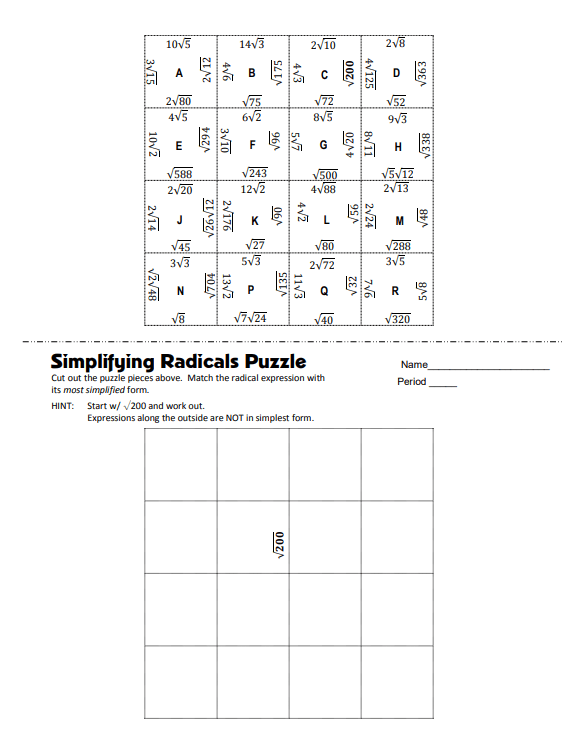It can either be a square root or a cube root and the number before the symbol or radical is considered to be an index number or degree. But my steps above show how you can switch back and forth between the different formats (multiplication inside one radical, versus multiplication of two radicals) to help in the simplification process. You probably already knew that 122 = 144, so obviously the square root of 144 must be 12. · in this section we will define radical notation and relate radicals to rational exponents. This number is a whole number represented as an exponent that cancels out the radical. Radicals (or sometimes referred to as surds) are represented by \sqrt {;;} and are used to calculate the square root or the nth root of numbers and expressions. Well learn how to calculate these roots and simplify algebraic expressions with radicals. We will also give the properties of radicals and some of the common mistakes students often make with radicals. What are radicals? In this unit, we review exponent rules and learn about higher-order roots like the cube root (or 3rd root). In maths, a radical is the opposite of an exponent that is represented with a symbol √ also known as root.
Radicals 66 54 The Ultimate Guide To Solving This Puzzle
It can either be a square root or a cube root and the number before the symbol or radical is considered to be an index...



